Is Generative AI Fair Use of Copyright Works? NYT v. OpenAI
Kluwer Copyright Blog
FEBRUARY 28, 2024
In order to train their technologies, should AI companies be allowed to use works under copyright protection without consent? The lawsuits brought by the owners of such works, including artworks in the case of image-generators and journalism in the NYT case, claim that this should not be allowed. Fair Use Precedent?

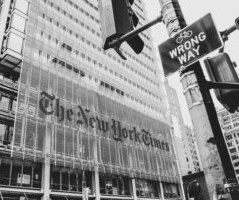
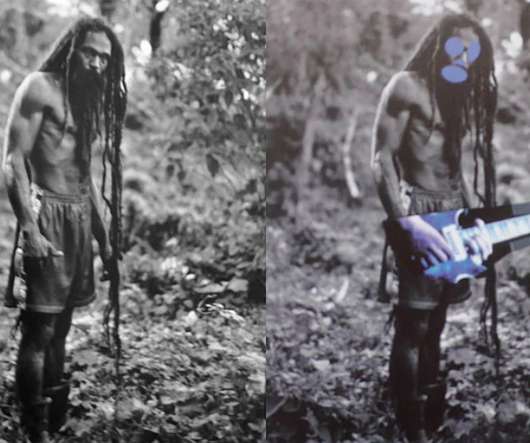
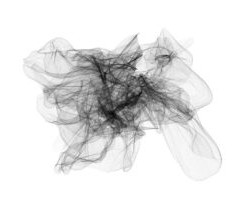



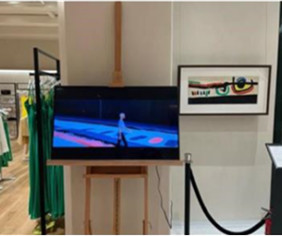




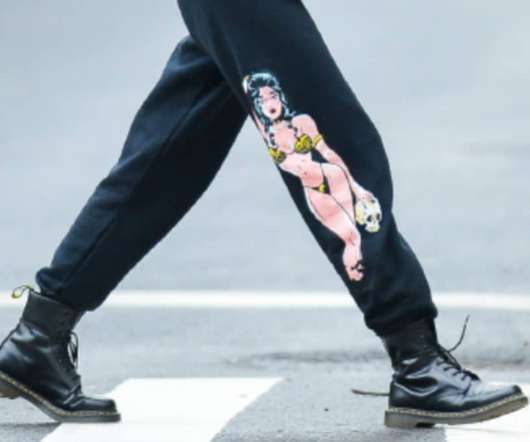



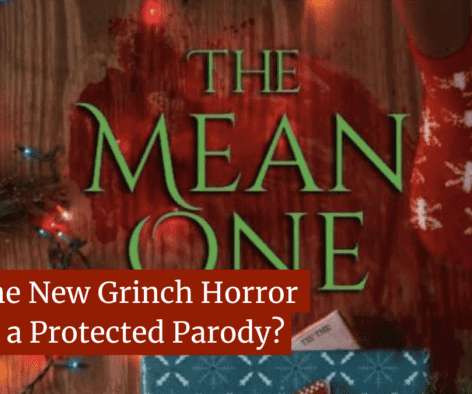

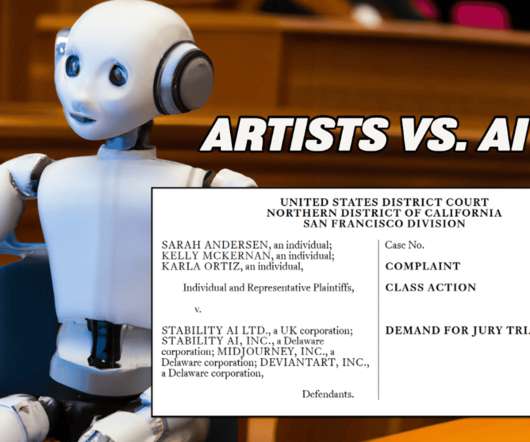


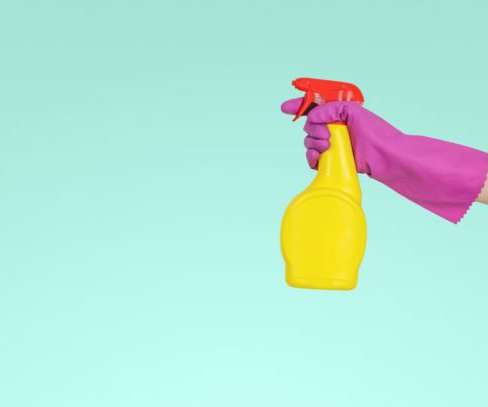






Let's personalize your content